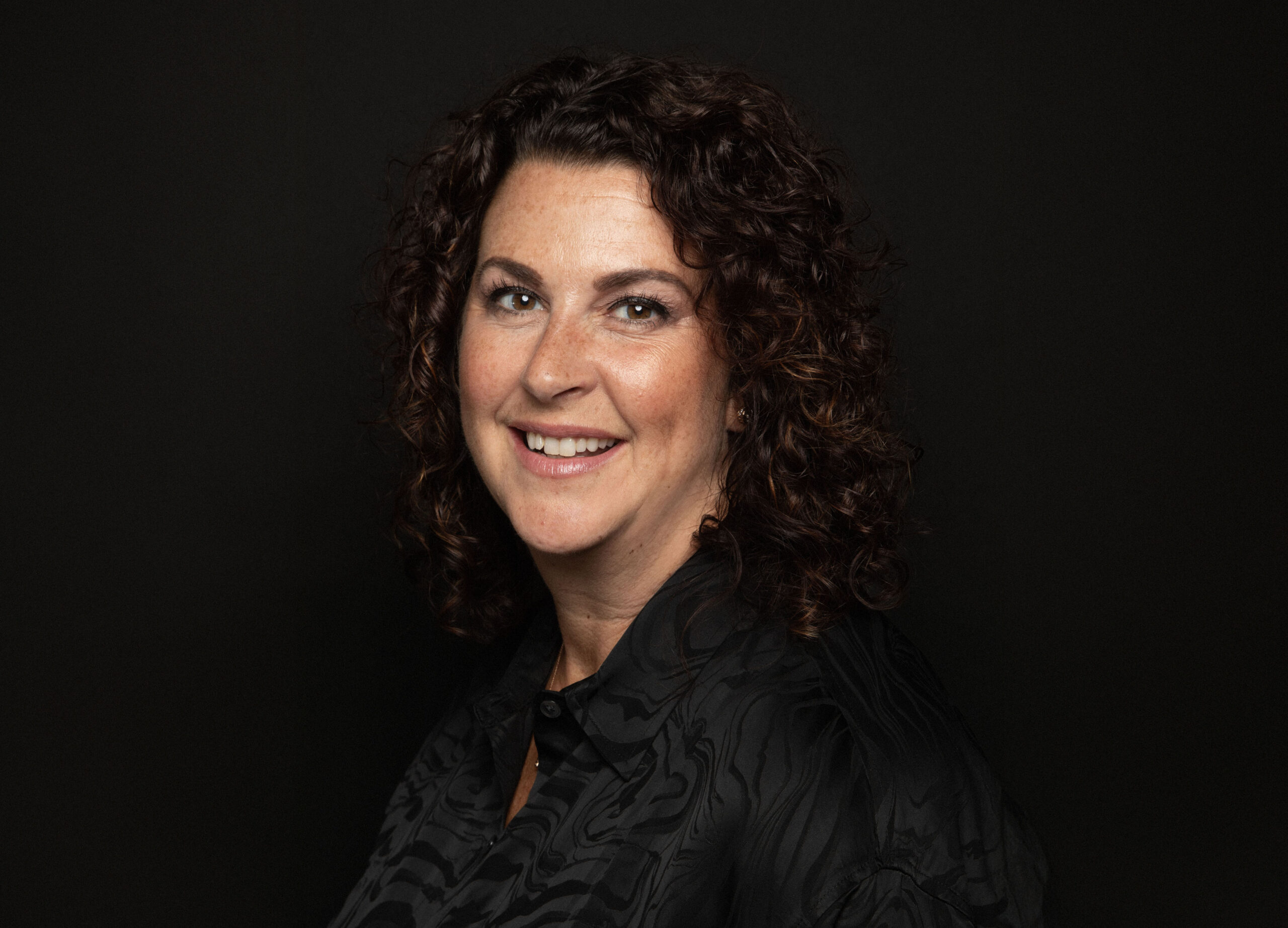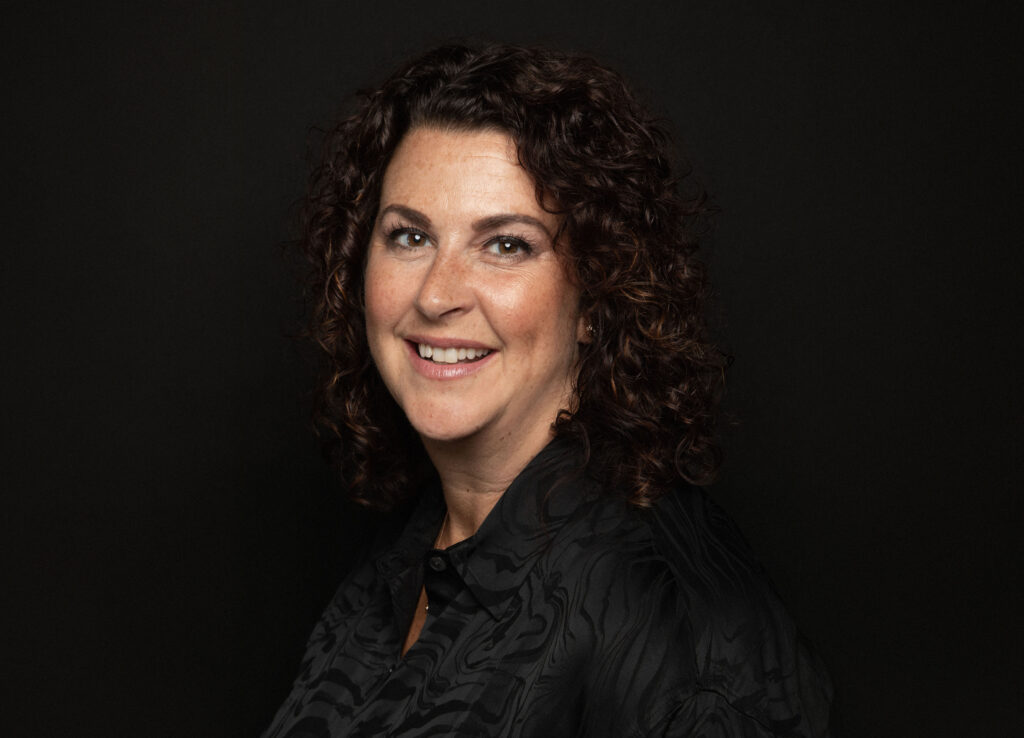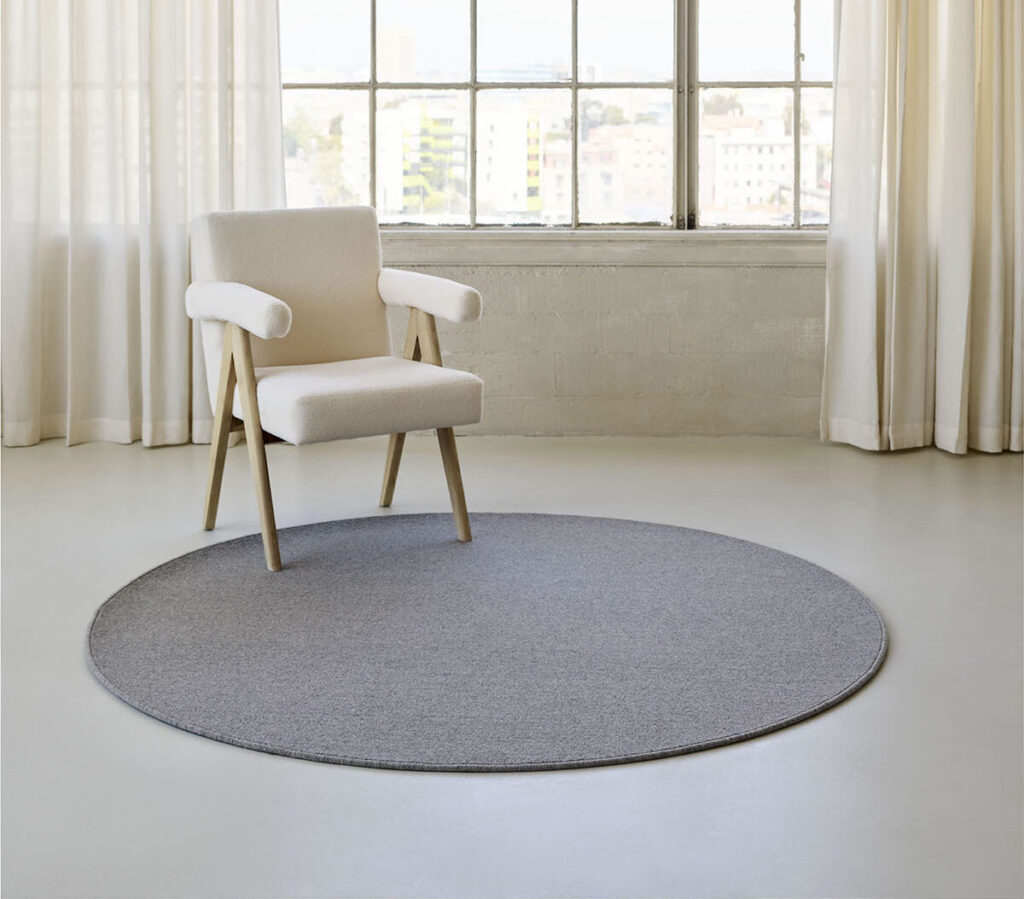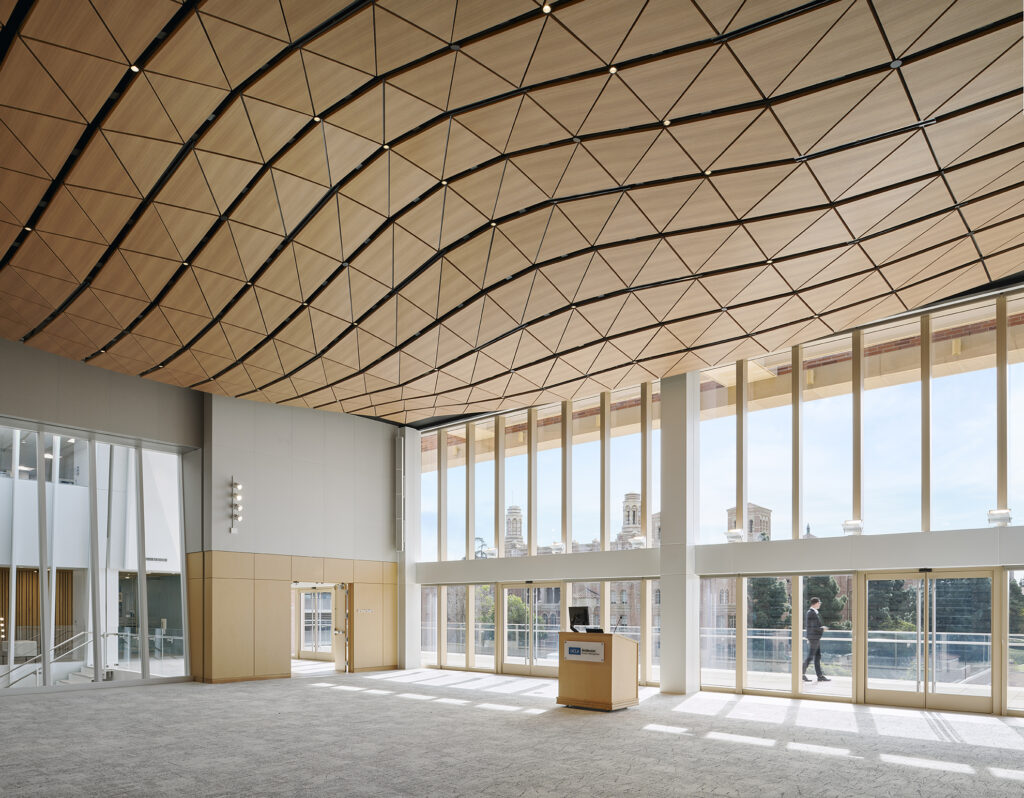Q&A: What’s Next for the Market? with Catherine Prossen

This Fall, Bentley welcomed Catherine Prossen (back!) to the team as VP of Business Development. Catherine has a long history in flooring, with a specialty in education and working with clients to create custom solutions for their needs. Catherine shares her take on where material and design are trending, how key markets are evolving, and more.

Welcome back to Bentley! How have you seen the flooring industry evolve in the 10 years since you’ve been with us?
“Hard surfaces like sealed concrete, terrazzo, and luxury vinyl tile (LVT) are becoming increasingly popular due to their affordability and versatility. LVT in particular is the fastest-growing product in the commercial flooring market, thanks to its ability to replicate the look of natural materials without the high cost.
However, carpet still plays a crucial role, especially in areas where acoustics and comfort matter most. Large corridors and office spaces benefit from carpet’s noise reduction and underfoot comfort, making it a preferred choice for spaces that prioritize a quieter, more comfortable environment. It’s exciting to see Bentley’s LVT portfolio growing as we create solutions to fit the needs of every environment and blend carpet and hard surface seamlessly from one room to another.”
Catherine Prossen
How are area rugs being used in commercial spaces?
“As commercial spaces lean toward hard surfaces, area rugs have emerged as a key design element to soften and define large open spaces. They offer definition, warmth, and comfort in otherwise stark environments, making them essential for softening large concrete spaces such as atriums and ancillary areas.
This trend is particularly prominent in retail environments, where multi-location stores benefit from consistent yet customizable designs. Rugs offer versatility in these settings, creating warmth and texture to improve customer experience.”
C.P.

What are some key considerations for buyers who are in the midst of flooring decisions?
“Performance and lifecycle cost are as important—if not more so—than upfront pricing when making long-term flooring decisions. Investment in durable materials can result in significant savings over time, especially in terms of maintenance costs. Carpet requires fewer man hours and less specialized equipment than hard surfaces, making it a cost-effective option over the long run. This is especially relevant in high-traffic areas such as healthcare and educational facilities, where durability and ease of maintenance are key concerns.”
C.P.
Education settings are constantly evolving. What is the outlook for education design in the years to come?
“Initially, there was a push to remove carpet from schools during the pandemic due to uncertainty around hygiene and safety. However, as more research became available, educational institutions began to recognize the many benefits that carpet offers—particularly in terms of acoustics and durability. Since carpet is a low-touch surface, it is being embraced by students and teachers because of its ability to absorb sound as well as add warmth and comfort to learning environments like classrooms, corridors and media spaces.”
Today, schools are making more intentional flooring choices, balancing hard and soft surfaces depending on the specific needs of each space. Indoor air quality, moisture control, and acoustic performance are now top considerations, and carpet remains an important part of creating functional, durable and healthy learning environments.
C.P.

What are some of the biggest opportunities you’re seeing right now?
“One of the most exciting opportunities for Bentley in particular is how diverse our offerings really are. Outside of corporate settings, we’ve seen growing demand in sectors like government, aviation, and hospitality, where high-traffic environments require flooring that can stand up to constant wear and tear. Our Eliteflex backing system, for example, is gaining traction in these markets for its ability to handle heavy foot traffic without compromising on aesthetic appeal. That’s why we work so closely with our clients, to create custom solutions that fit their needs across every aspect of the space.”
C.P.
What’s your personal favorite design trend?
“I’m a big fan of the private office disappearing and seeing more environments blend comfort with functionality. The shift away from private offices to more open, collaborative spaces is much more common across sectors like education and corporate spaces, adding a sense of warmth and flexibility to previously rigid environments.”
This trend reflects the evolving nature of work—spaces now need to be inviting and adaptable to various needs, from focused work to group collaboration. Soft surfaces like area rugs and plush carpet are key players in this trend, helping to create inviting, collaborative spaces that cater to both work and socialization. It’s exciting to see this approach transforming commercial interiors into more approachable and comfortable spaces.
C.P.
